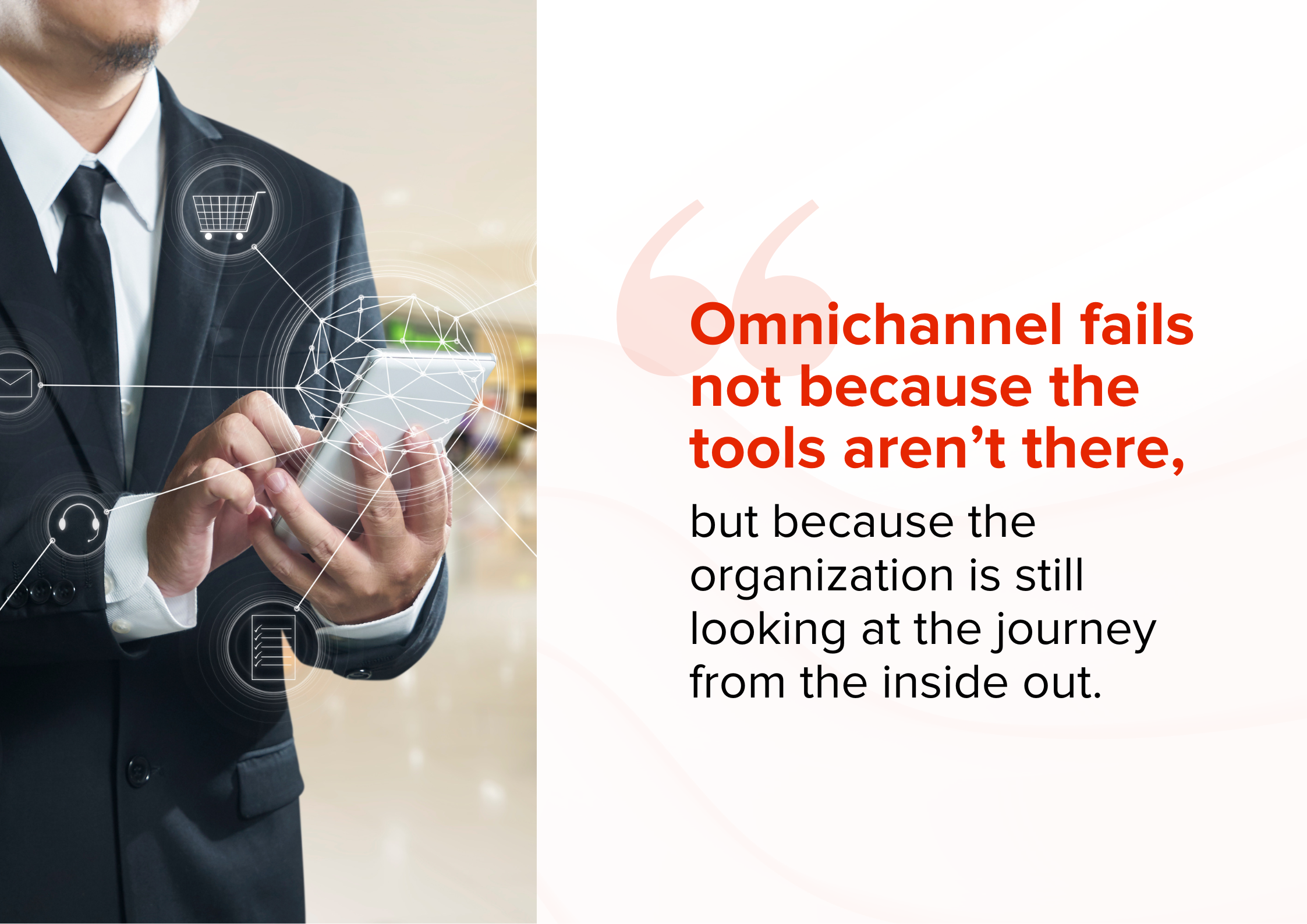Omnichannel that works: How Globalpraxis brings outside-in thinking to the heart of customer strategy

As brands race to deliver frictionless consumer experiences across digital and physical landscapes, one truth is becoming clear: Mastering omnichannel is not just about technology or data, it’s about mindset — and structure.
Too many organizations are built around internal logic: Sales, trade, digital, and media teams operating in parallel rather than in unison. “Omnichannel fails not because the tools aren’t there,” says Globalpraxis, a strategy consultancy working with global brands, “but because the organization is still looking at the journey from the inside out.”
Beyond big data: The outside-in imperative
While many companies are investing heavily in first-party data platforms and AI analytics, Globalpraxis insists that data alone is not enough. The firm emphasizes the outside-in perspective — designing around how consumers actually behave, rather than how departments are structured.
“Big data is a necessary enabler, but without an external lens — real-life shopper behaviors, retail realities, and cultural context — the insights stay stuck in dashboards,” Globalpraxis notes. “We’ve seen clients unlock far more value by stepping outside their internal models and asking: What would this look like from the consumer’s shoes?”
That shift in thinking helps reveal not only misalignments in execution but also gaps in strategy. Brands that focus too much on attribution logic or media flows often miss the emotional and behavioral cues that drive real engagement.
Organizational redesign: The overlooked lever
One of the key obstacles Globalpraxis encounters is structural: Most companies have not adapted their internal architecture to support integrated consumer experiences. Digital might report to one silo, Trade to another, and E-commerce to a third — with little coordination between them.
“Organizational design is the hidden engine of omnichannel,” the firm advises. “If your teams don’t share KPIs, content streams, or measurement frameworks, you’re simply executing in parallel. True integration demands horizontal thinking.”
Their methodology often involves aligning incentives, redefining customer journey ownership, and embedding consumer insight across functions. “Without structural coherence, even the best media plans will underdeliver.”
From presence to relevance
Brands often equate omnichannel with being everywhere — on every platform, with every message. Globalpraxis challenges that logic. “You don’t need to be present in all places. You need to be relevant in the right places, in ways that reflect the consumer’s reality, not the marketing department’s preferences.”
This includes questioning media allocations, content formats, and even timing. Rather than defaulting to social-first or programmatic-heavy strategies, the consultancy encourages a more surgical approach: “What moment matters most? Where is trust built? Where is attention earned?”
Live media and human moments
While data-driven automation offers scale, Globalpraxis highlights that brand-building still requires human context and emotional intelligence. Live sports, real-world activations, and cultural moments remain critical opportunities for brands to show up authentically.
But these touchpoints must be embedded within a broader strategy. “One of the biggest disconnects we see is when ‘big moments’ are purchased in isolation, without continuity across the rest of the experience. Consistency, not just reach, is the key to omnichannel success.”
Focus as a strategy
Perhaps most importantly, Globalpraxis helps clients move away from the fear of missing out. “Being everywhere is not a strategy. Being aligned — in purpose, in message, and in execution — is,” the firm affirms.
In a world flooded with noise, the brands that win are those who focus on what matters: Relevance over volume, coherence over coverage, and the consumer’s truth over internal convenience.
